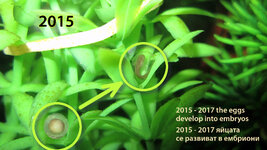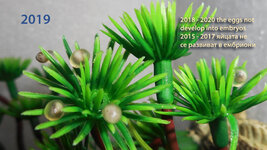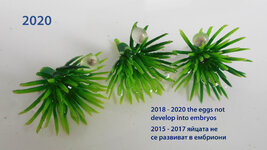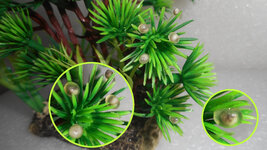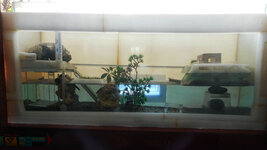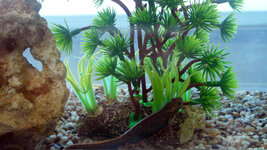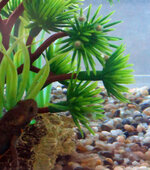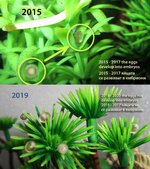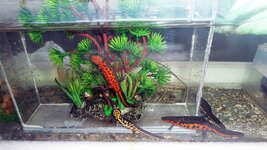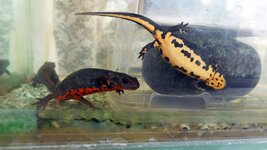damien
Member
- Joined
- May 7, 2007
- Messages
- 199
- Reaction score
- 5
- Points
- 18
- Age
- 41
- Location
- Leiden, Netherlands
- Country
- Netherlands
- Display Name
- Danny
Getting a big gene pool is great and all, but mixing animals from different locales can also mess up the genetic 'authenticity'.
Take N. s. strauchii for example; the closer the population is to the N. s. barani, the fewer spots the animals have. So if you mix animals from a 'close' and 'far' population, even though they are both N. s. s, these populations will never naturally meet eachother so if you mix them in captivity you can 'mess up' the gene pool more then you support it. You might have genetically diverse animals, but those animals do not reflect the natural phenotype and even genotype that the wild ones have.
If you have animals with locality, this can be bypassed. If you mix for example F3 animals from a certain area with a wild caught animal from the same area, that should be fine.
Looking at it from that point of view, are the animals we have in captivity really 'pure'? If you have a Cynops orientalis for example, and want to expand your breeding group (or introduce fresh genes), you get animals from another breeder whose animals can be from a population that naturally don't mix due to distance with your group.
What I'm trying to say is, that without exact locales, getting a group to be as accurate to the wild as possible is pretty much impossible.
Looking at it from that perspective, inbreeding guarantees the accurate gene pool more then mixing it with other animals.
This is even more true for kaiseri etc. where people that bought w/c animals most likely have animals from the same region.
Take N. s. strauchii for example; the closer the population is to the N. s. barani, the fewer spots the animals have. So if you mix animals from a 'close' and 'far' population, even though they are both N. s. s, these populations will never naturally meet eachother so if you mix them in captivity you can 'mess up' the gene pool more then you support it. You might have genetically diverse animals, but those animals do not reflect the natural phenotype and even genotype that the wild ones have.
If you have animals with locality, this can be bypassed. If you mix for example F3 animals from a certain area with a wild caught animal from the same area, that should be fine.
Looking at it from that point of view, are the animals we have in captivity really 'pure'? If you have a Cynops orientalis for example, and want to expand your breeding group (or introduce fresh genes), you get animals from another breeder whose animals can be from a population that naturally don't mix due to distance with your group.
What I'm trying to say is, that without exact locales, getting a group to be as accurate to the wild as possible is pretty much impossible.
Looking at it from that perspective, inbreeding guarantees the accurate gene pool more then mixing it with other animals.
This is even more true for kaiseri etc. where people that bought w/c animals most likely have animals from the same region.

